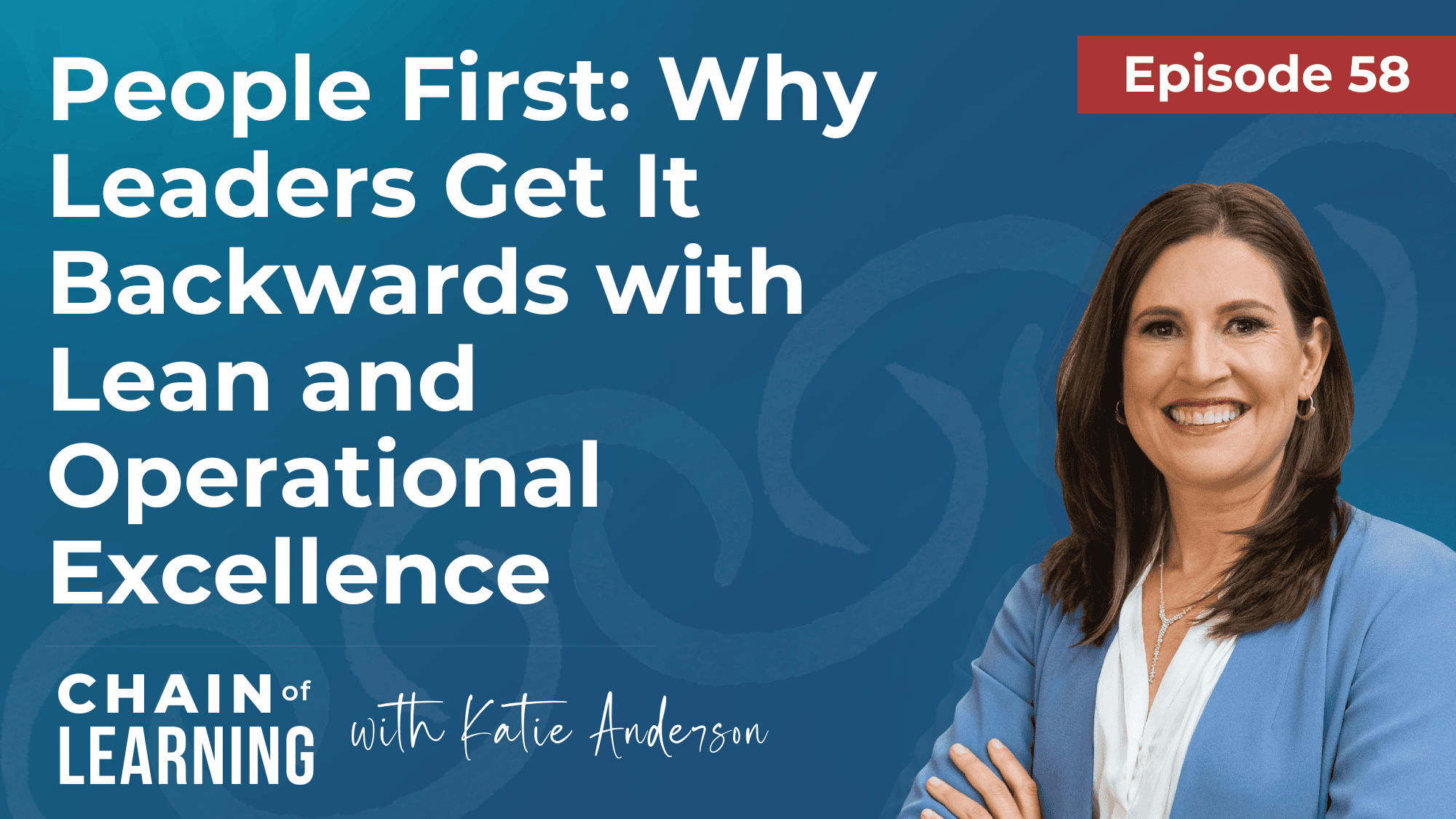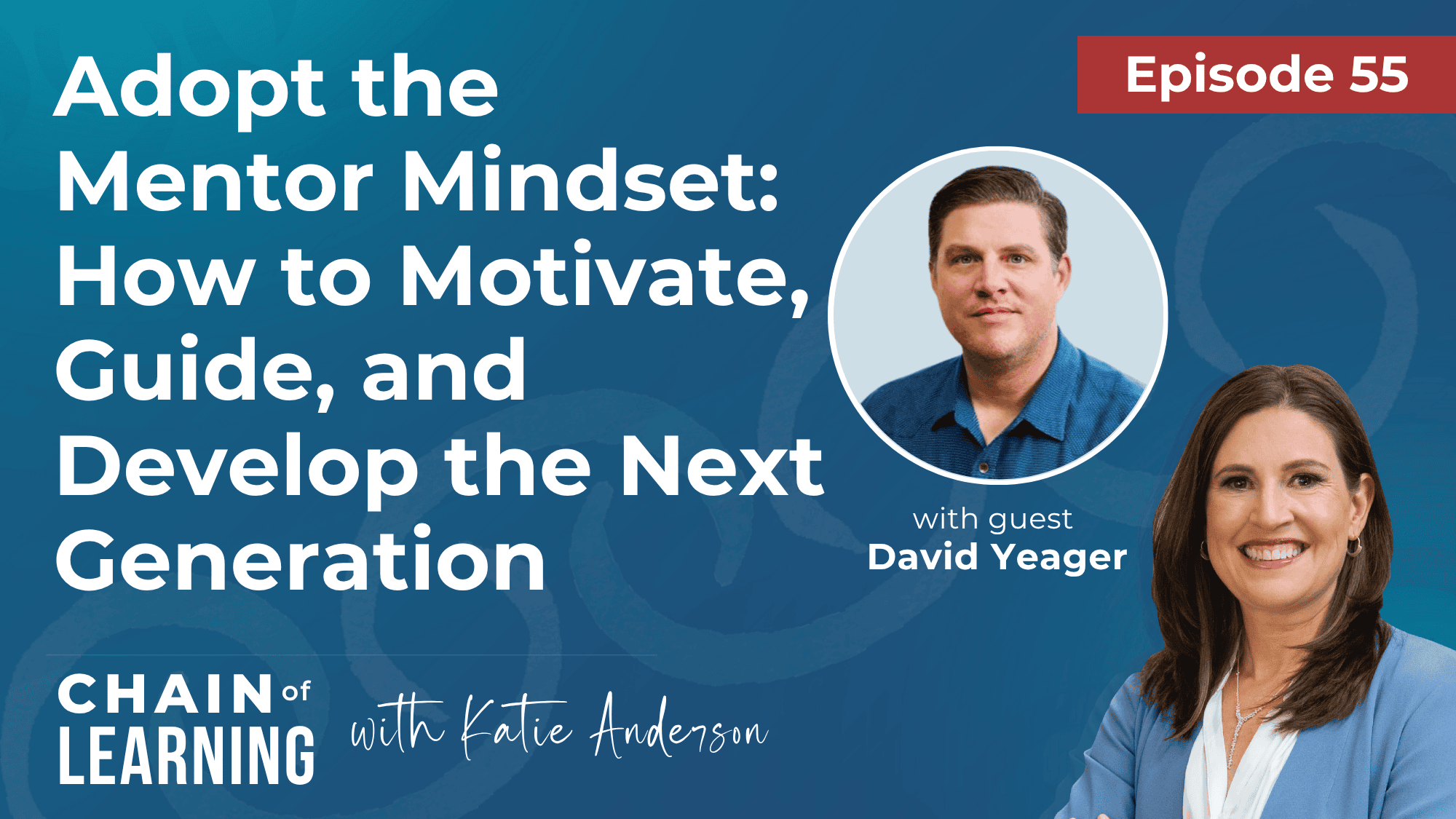My first impressions about the gender divide in Japan continue to be validated as I have lived here for several more months.
Despite having one of the highest rates of females who have completed higher education, Japan’s female labor force participation is low, well below that of the United States, Australia, the UK and Singapore. Women also drop out of the workforce at a much higher rate than other countries.
My experience from living here, from reading the news, and from talking to Japanese people is that once women get married, they are expected to drop out of the workforce. Last week I wrote about First Lady Akie Abe’s thoughts that it is “too demanding for women to work” once they are married or have children, due to the expectations of them for managing the “house work”.
Not just a “women’s” issue but a societal issue
When people talk about “womenomics” and bringing women into the workforce, the conversation is framed primarily as a “women’s issue”, rather that a broader societal issue.
Changing the expectations for men – at work and at home – is often a missing element when I hear people talk about “Abenomics” programs to support women working (additional childcare facilities, more nanny visas for foreigners, etc.). While these infrastructure improvements are necessary and important, they are not sufficient if the expectations for men are also not changed.
However, several articles about Japan’s “Womenomics” in recent months validate many of my observations about the gender divide in Japan and the crux of the social changes needed: the cultural expectation of working 12-15 hours a day, plus extensive after-hours socializing, essentially makes it prohibitive for two parents in the same household to work outside the home.
Women are going to save Japan…but only if men are willing to be part of the change too
As the Lean In movement has highlighted in the United States, a critical part of women’s ability to “lean in” to work, is men’s ability to “lean in” at home.
The author of “Women are Going to Save Japan” highlights this cultural change required to enable an increase in Japanese labor productivity:
Ironically, the health of Japan’s economy may depend not just on getting, and keeping, more women in the Japanese workforce, but on the Japanese workforce—as a whole—learning how to work a little bit less.
Another article titled “Abenomics needs to include Womenomics too” advocates for this need to make a broader social change if men and women are both going to “lean in”:
If Abe really wants to increase female economic participation, then his policies need to directly challenge an entrenched workplace culture. His ‘womenomics’ can only succeed if it creates a new working environment for both women and men and requires a renegotiation of work, lifecycle and gender norms for both sexes in the economy.
Will the focus shift?
I am interested to see if the framing of “womenomics” and the broader cultural expectations for the roles of men and women start to shift while we are living here in Japan.
If you have lived or worked in Japan, what is your experience?










